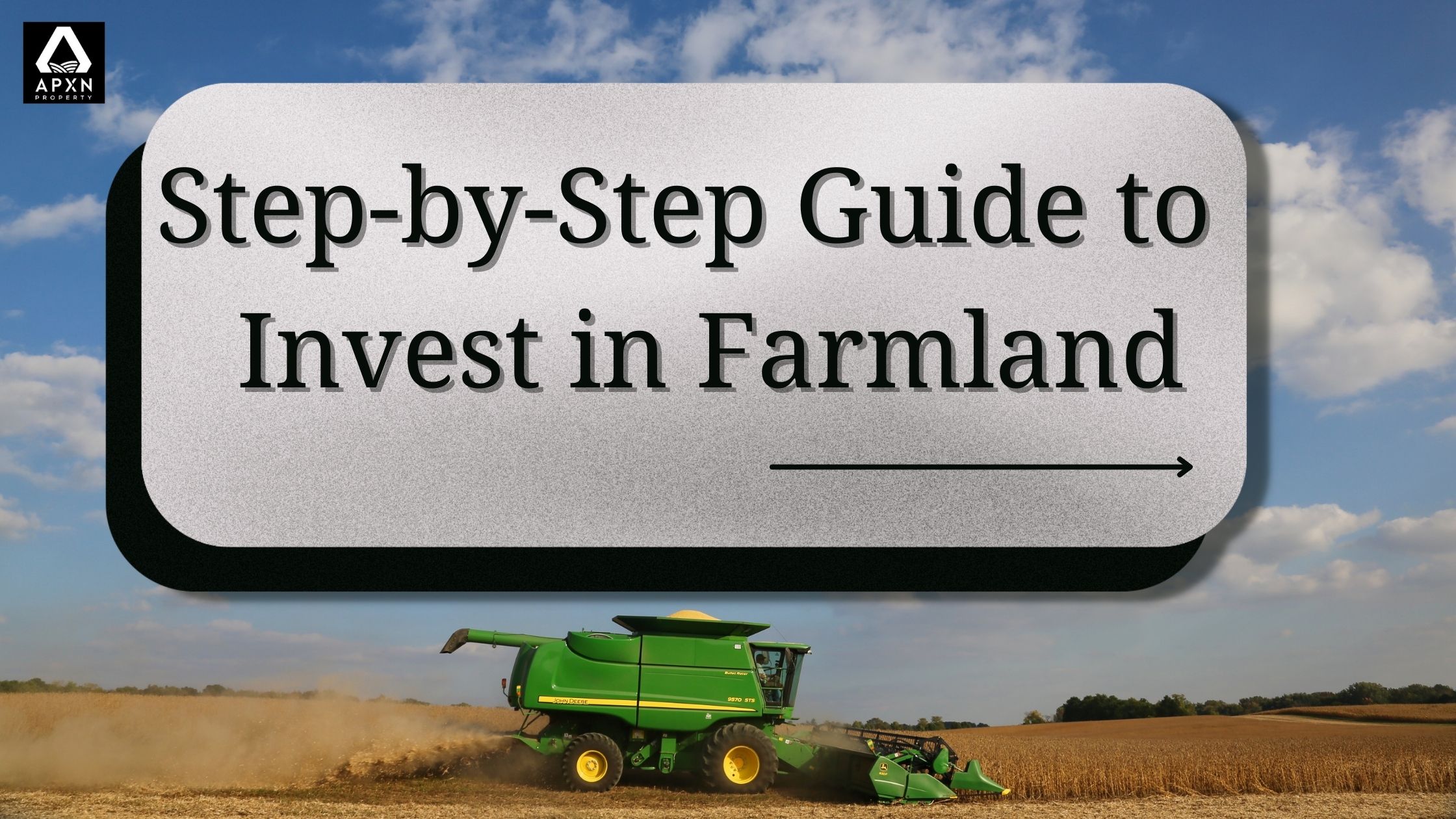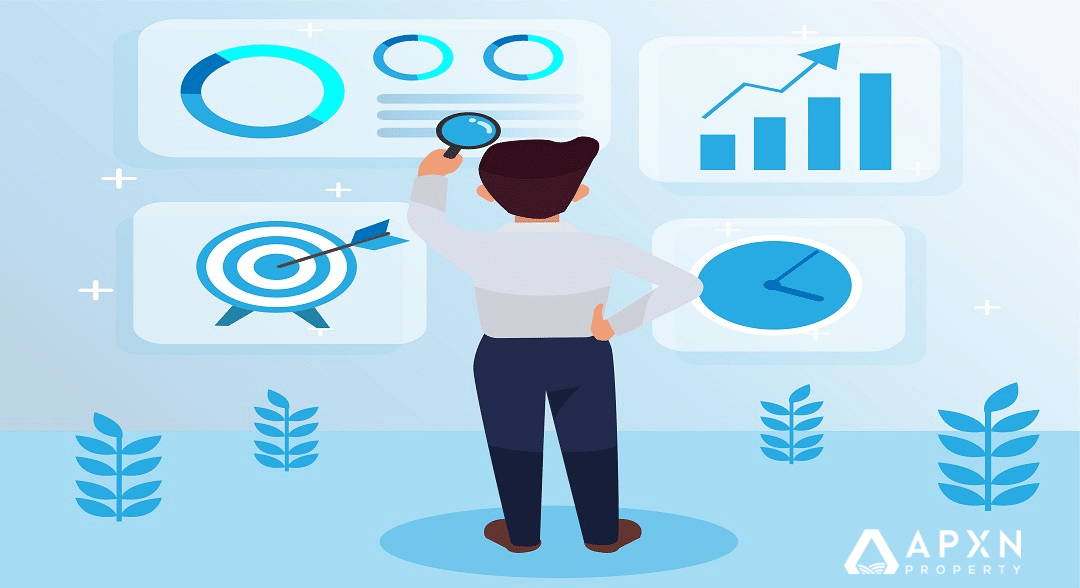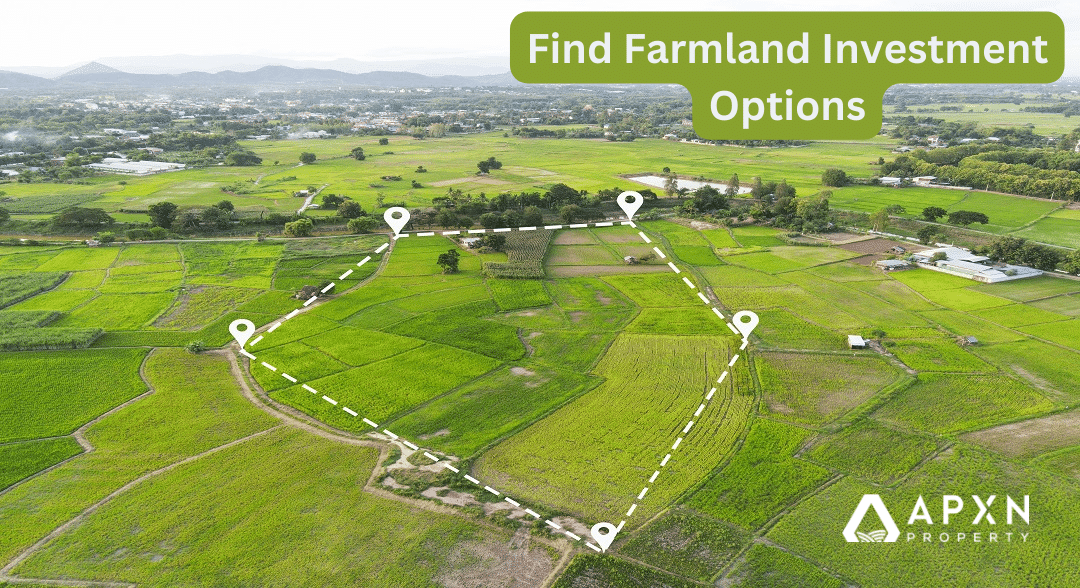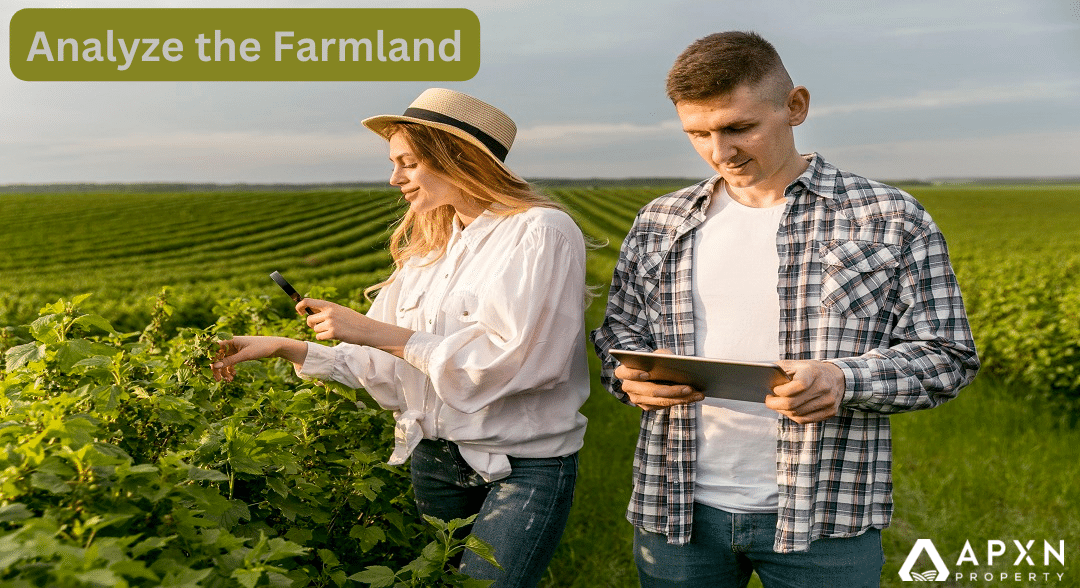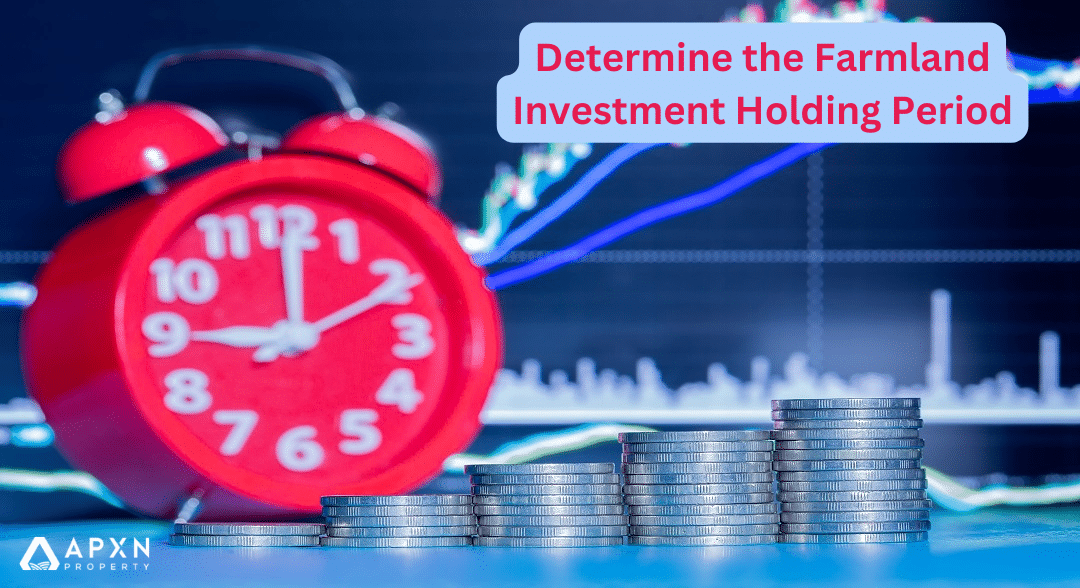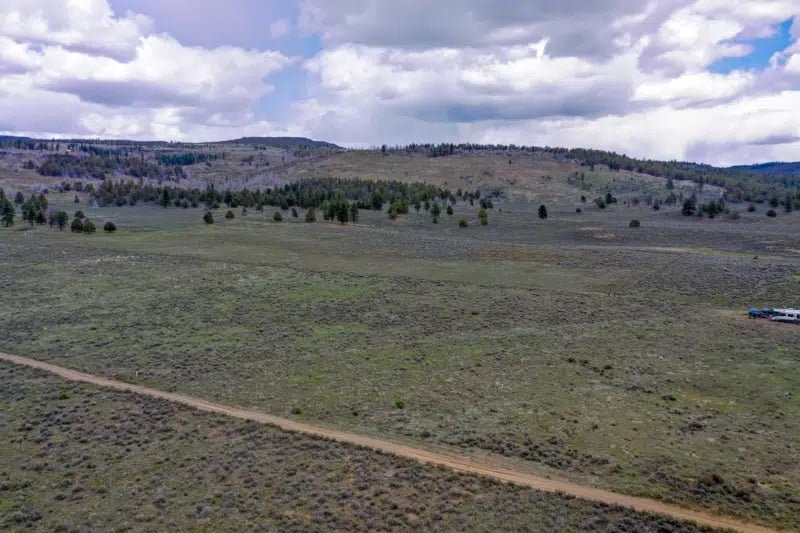Real estate is the preferred investment for most people nowadays. It emerges as a lucrative option and enables investors to increase their net worth more quickly than with other types of investments.
There are, however, a lot of alternatives to real estate. It could be apartments, property, or even farmland, and it shouldn’t be disregarded in any way.
Previously, buying farmland required going to a farm for making the purchase. Nowadays, buying farms has become much simpler, and you may even do it from your home. In light of this, this post will provide you with a step-by-step guide on how to invest in farmland in 2024.
Let’s get started…
Table of Contents
Understand How Farmland Fits in Your Investment Objectives
Determine whether the farmland fits with your investing objectives. It will enable you to evaluate the advantages and determine whether they are appropriate for you. It is one of the important questions to ask when buying land.
Farmland is an investment that pays off well over the long term and yields a sizable return.
Therefore, it is imperative to decide if you want to engage in such a long-term investment model.
This is something you must instead decide before looking for farmland options. Your decision to invest will however depend on the liquidation. Apart from this, the sector’s risk insulation is another factor to take into account.
Find Farmland Investment Options
You must first learn how to invest in agricultural land to find good farmland. It denotes you must have sufficient market-specific knowledge. Private transactions are most likely to result in the transfer of high-quality land.
The regional networks provide the energy to these transactions. Farmers, organizations, and auctions are a few of the well-known networks of farmland. Additionally, you have access to money, brokers, and different listing platforms.
Analyze the Farmland
Understanding the valuation is essential before learning how to invest in land. A significant factor is the valuation of the land. It is the primary determinant of whether you make money on your investment or suffer loss.
The following are some of the points you should consider when deciding on land investing.
Farm Income: The income of your farmland depends upon the yield of your crops. Thus, ask questions like how many crops can grow and how reliable is the market access. The value of the farm will depend upon the expected rental rate of the farm. Also, analyze the farmers’ charges and how it compares to the crop sale income.
Localized Land Markets: Before you invest in agricultural land, there must be good local land markets in the vicinity. The large land markets have a lot of buyers as well as sellers to sustain a healthy trade. It is because you want to be sure in the future if you want to sell the farm, there is a good market for it.
Extra Assets: This is one of the essential steps in investing in farmland. You must know whether the property comes with buildings and an irrigation system. They will improve your farm’s efficiency. There might be specific unwanted challenges, too, so check those.
Passive Farm Income: Apart from crop production, there are various ways through which you can make money from the land you own. The leases are for recreation, water rights, and mineral rights. They provide you with space for turbines, and solar panels. So by investing in farmland, you can also garner a passive farm income from these resources.
Choose the Method of Investment
These are some of the ways you can invest in farmland:
Farmland Asset Management: The farmland investment method involves outsourcing investment administration to a third party.
Farmland asset management includes the administration of farms. It provides the best benefits of owning land. The asset managers in this case take care of various issues like taxes, returns, and communication. You can invest in this type of asset management as a result. Just continue to use prudence when making decisions about entry and exit points, market information, and land access.
Private Equity Farmland: These equity funds consist of pools of capital. They offer alternative asset investments like pensions and high-net-worth individuals. Some pros of private equity funds are high returns and less stock market volatility. They also help in the diversification of funds.
Agriculture Stocks: Another method of investing in farmland is investing in shares of agricultural companies. These companies have a pool of funds, and you can choose to invest in any of their stocks.
Investing in agricultural stocks gives you exposure to high-level trends in Ag-Tech. It also provides you with broad exposure to agricultural sectors of interest.
Farmland REITs: Real estate investment trusts buy, own, and manage properties. This pools the capital of investors and function like a mutual fund. Some advantages of investing in agricultural land through REITs include liquidity and diversification. You will also have a strong return profile.
Farmland Investment Platforms: These marketplaces buy shares of a property and a farming company. It is also known as crowdfunding. An advantage is a participation in diverse farmlands. You can also invest with simplicity in the administration of the deal.
Determine the Farmland Investment Holding Period
You must decide on the holding period. It is one of the significant steps in how to invest in farmland. The holding period depends on the following factors.
Row Crop Investment: These include a steady income and have a holding period for at least 5 to 10 years.
Permanent Crops: These generate a higher annual return. Hence, the reasonable holding period in such farmlands is 10-15 years.
Investment in Timber: Timber harvests have a long lifecycle; you should at least hold the assets for a 10-15 year range.
Energy Investments: Most energy investments consist of solar and wind farms. They depend on various factors and average income, so the holding period can vary.
Diversify the Farmland Holdings
Now that you are knowledgeable about farmland investment, you must focus on diversifying your holdings. You can diversify by geography. Moreover, analyze the average rainfall, temperature, crop type, and crop price. You might also think about single people and farming families.
Summing Up
Hopefully, with this article, you have learned how to invest in farmland. You can analyze the above points to figure out your investment strategy. Start looking into your farmland investment choices today, and don’t forget to look into other lucrative options as well.
Frequently Asked Questions (FAQs)
Q: Is Farmland a Good Investment?
Ans: Today, farmland is, without any doubt, the most profitable investment. Farmland has always generated higher returns than any other investment. The main reason for this is that with the speed with which the population is increasing, the requirement for agriculture is also growing at the same rate. In return, this increases the demand for farmland, making it a very secure and profitable investment.
Q: Why is Farmland a Good Inflation Hedge?
Ans: Farmland is considered the best inflation hedge because when there is a recession, the value of the crop will increase, or the investor will benefit from the increase in value. This means investors benefit in two ways: their regular income, and when they sell their land, they get higher prices.
Q: What Are the Risks of Investing in Farmland?
Ans: Like all other investments, investing in farmland is also risky.
Some of the risks of investing in farmland are:
Market Fluctuation: Crop prices also increase or decrease due to the market’s ups and downs. Which interferes with the benefit of the investor.
Environmental Issues: Environmental problems such as soil degradation, polluted climate, and worms in the ground reduce the productive capacity of the farmland and, thereby, losses to investors.
Weather Damage: Droughts, floods, and storms destroy crops and damage yields.
Q: What Are the Benefits of Investing in Farmland?
Ans: The benefits of investing in farmland are stable returns, inflation hedged, and limited supply. It is less risky than other investments. Adding this to your portfolio reduces your risk because it is a tangible investment whose intrinsic value provides a level of security to investors.

